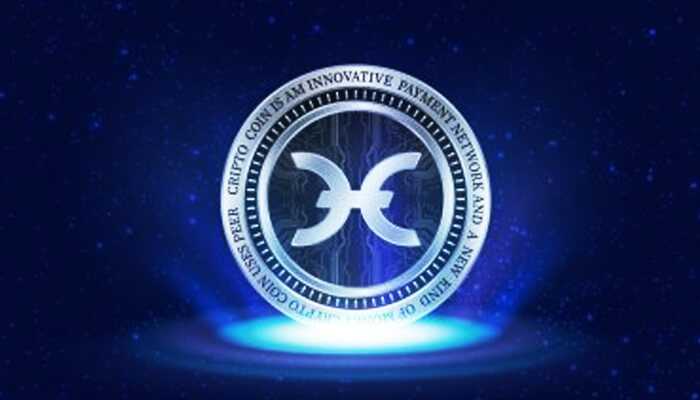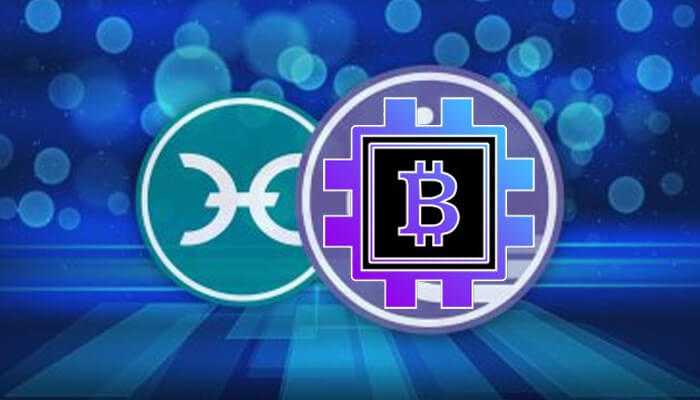In recent years, the world has witnessed the rapid growth of decentralized technologies, driven by the desire for a more transparent, secure, and inclusive digital ecosystem. These technologies aim to disrupt traditional centralized systems by providing decentralized alternatives that empower individuals and communities. Two significant players in this space are Bitcoin and Holochain, each offering a unique approach to decentralization. In this article, we will explore the potential synergy between Bitcoin and Holochain and how they can pioneer distributed apps (dApps) together. Additionally, if you want to know more about investments and firms, you may visit bitiq.app.
Understanding Bitcoin
Bitcoin as a Pioneer of Decentralization
Bitcoin, introduced in 2009 by an anonymous entity known as Satoshi Nakamoto, marked the birth of cryptocurrencies and blockchain technology. At its core, Bitcoin is a decentralized digital currency that operates on a public ledger called the blockchain. This groundbreaking invention eliminated the need for intermediaries, such as banks, in financial transactions.
The Power of Blockchain Technology
Bitcoin’s blockchain is a distributed ledger that records all transactions in a secure, immutable, and transparent manner. This technology ensures trust among users without relying on a central authority. However, as Bitcoin gained popularity, it faced scalability challenges, leading to bottlenecks and transaction delays.
Scalability Challenges and the Lightning Network
Bottlenecks and Transaction Delays
Bitcoin’s original design, while revolutionary, struggled to handle a growing number of transactions efficiently. As more users joined the network, the confirmation times and transaction fees increased, limiting its usability for everyday transactions.
Lightning Network’s Solution
To address these challenges, the Lightning Network was proposed and implemented as a second-layer solution on top of the Bitcoin blockchain. It enables fast, low-cost, and off-chain transactions by creating payment channels between users. These channels allow users to transact directly with each other, reducing the load on the main blockchain.
Holochain: A New Paradigm in Decentralization
Holochain’s Unique Approach
Holochain takes a fundamentally different approach to decentralization compared to blockchain-based systems like Bitcoin. Instead of a global consensus mechanism, Holochain employs an agent-centric architecture, where each user has their own chain, or “hApp,” to store data and transactions. This design offers greater scalability and flexibility.
Distributed Hash Table (DHT) Data Structure
Holochain uses a Distributed Hash Table (DHT) data structure to ensure data integrity and availability across the network. This means that data is not stored in a single, centralized location but is distributed across the network of users, making it highly resistant to censorship and tampering.
Holo: Bridging Holochain to the Mainstream
Hosting and HoloFuel
One of the most promising aspects of Holochain is the Holo platform, which enables users to host applications and earn HoloFuel, the native cryptocurrency of the network. HoloFuel can be exchanged for other cryptocurrencies, making it a bridge between the Holochain ecosystem and the broader blockchain world.
Potential Use Cases
Holochain’s adaptability and scalability open the door to a wide range of use cases, from decentralized social networks to supply chain management. It can facilitate peer-to-peer interactions and data sharing without the need for centralized intermediaries, providing more control and privacy to users.
Bitcoin and Holochain: Bridging the Gap
The Complementary Nature of Bitcoin and Holochain
Bitcoin, with its robust security and store-of-value properties, can benefit from Holochain’s scalability and efficiency. Holochain, on the other hand, can leverage Bitcoin’s liquidity and market presence. Together, they can address some of the limitations they face individually.
Potential Collaborative Applications
- Decentralized Finance (DeFi): Combining the security of Bitcoin with the flexibility of Holochain could revolutionize the DeFi space, offering users a seamless experience with reduced fees and faster transactions.
- Supply Chain Management: Holochain’s DHT technology could be used to create transparent and tamper-proof supply chain systems, while Bitcoin can be used for secure and instant cross-border payments.
Challenges and Opportunities
Regulatory Hurdles and Legal Considerations
Bitcoin has faced regulatory challenges in various countries due to its potential use in illicit activities and its impact on traditional financial systems. Holochain’s agent-centric approach may raise unique legal questions that regulators will need to address.
Sustainability and Energy Efficiency
Bitcoin’s energy consumption has raised concerns about its environmental impact, while Holochain’s lightweight architecture is more energy-efficient. Sustainability will be a crucial factor in determining the long-term viability of both technologies.
Real-World Examples
Case Studies of Bitcoin and Holochain Integration
- Cross-Chain Atomic Swaps: Bitcoin and Holochain could collaborate to enable cross-chain atomic swaps, allowing users to exchange assets between the two networks securely and without the need for centralized exchanges.
- Decentralized Social Networks: Holochain’s agent-centric model is well-suited for building censorship-resistant and user-controlled social networks, while Bitcoin’s blockchain can provide secure identity verification.
User Experiences and Adoption Trends
Understanding how users interact with integrated Bitcoin and Holochain applications will be crucial in assessing their adoption and usability. Real-world feedback and use cases will drive the development of innovative dApps.
The Future of Distributed Apps
The Evolution of Bitcoin and Holochain
As both Bitcoin and Holochain continue to evolve, their collaboration may lead to groundbreaking developments in decentralized applications. Scalability, sustainability, and usability will remain key focus areas.
Potential Synergies with Other Emerging Technologies
The integration of Bitcoin and Holochain with emerging technologies like Web 3.0, AI, and IoT could open up new possibilities for distributed applications that transcend the limitations of current centralized systems.
Predictions and Speculations for the Decentralized Future
While it’s challenging to predict the future with certainty, the collaboration between Bitcoin and Holochain offers exciting prospects for a more decentralized, equitable, and efficient digital world. As these technologies mature, we can expect a wave of innovation that empowers individuals and communities.
Conclusion
In conclusion, the partnership between Bitcoin and Holochain represents a promising step toward a more decentralized future. By leveraging each other’s strengths, they can overcome their respective limitations and pioneer innovative distributed applications. As the decentralized ecosystem continues to grow, it is essential to foster collaboration and innovation to create a digital landscape that benefits all.




